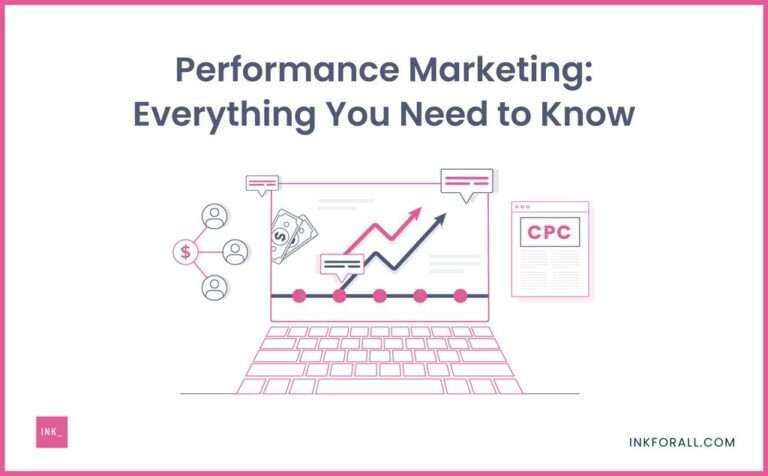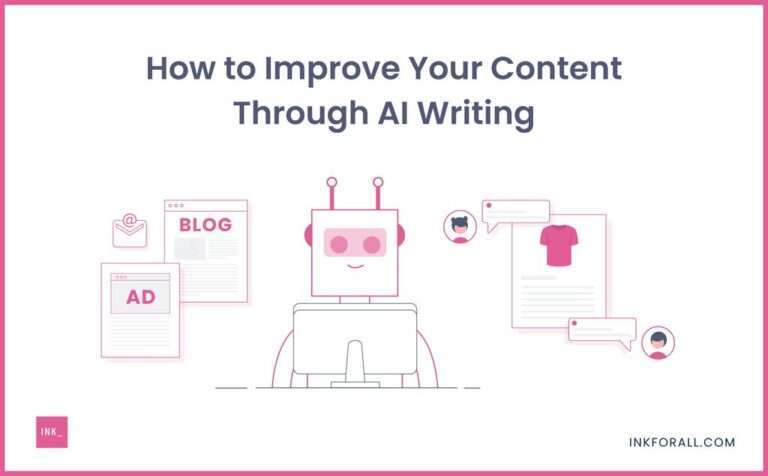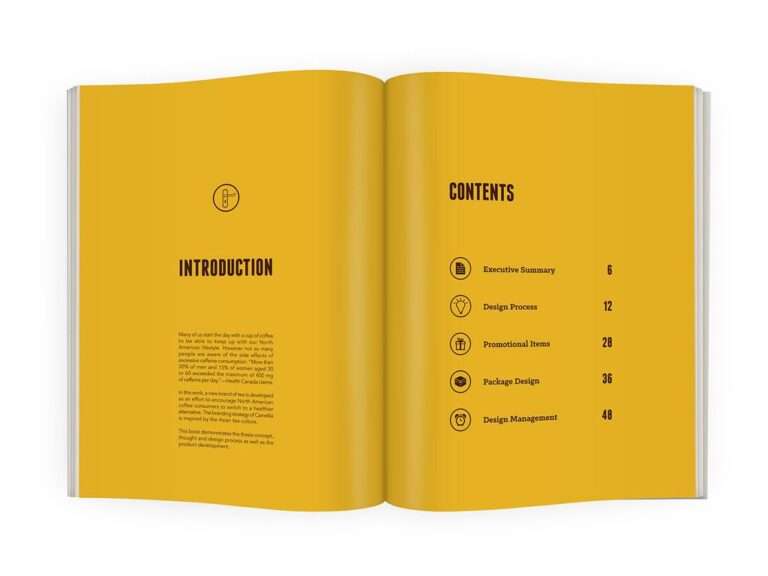What is Marketing Content Creation?
Overview
Understanding the Importance of Marketing Content Creation
Marketing content creation is a crucial aspect of any successful marketing strategy. It involves developing and producing compelling and engaging content that resonates with the target audience. By creating valuable and relevant content, businesses can attract and retain customers, build brand awareness, and establish themselves as industry leaders. Effective marketing content creation helps businesses communicate their unique value proposition, address customer pain points, and differentiate themselves from competitors. It also plays a vital role in driving website traffic, generating leads, and ultimately converting leads into sales. Without a well-defined content creation strategy, businesses may struggle to connect with their target audience and achieve their marketing goals.
Key Elements of an Effective Marketing Content Strategy
An effective marketing content strategy consists of several key elements that work together to attract and engage the target audience. These elements include defining clear goals and objectives, conducting thorough market research, identifying the target market, and creating buyer personas. By understanding the needs and preferences of the target audience, marketers can tailor their content to resonate with their potential customers. Additionally, a well-defined content strategy should also include developing a content calendar, creating a consistent brand voice, and implementing a distribution plan to ensure that the content reaches the right audience at the right time.
Benefits of Mastering Marketing Content Creation
Mastering marketing content creation has several benefits for businesses. By creating high-quality and engaging content, businesses can attract and engage their target audience, build brand awareness, and establish themselves as industry experts. Additionally, effective marketing content can drive traffic to a business’s website, generate leads, and increase conversions. By consistently producing valuable content, businesses can nurture their customer relationships and retain existing customers. Overall, mastering marketing content creation is essential for businesses looking to stand out from their competitors and achieve long-term success.
Researching Your Target Audience
Identifying Your Target Market
Once you have defined your overall marketing goals, the next step is to identify your target market. This involves conducting thorough market research to gain a deep understanding of your potential customers. By analyzing demographics, psychographics, and consumer behavior, you can create buyer personas that represent your target audience. These personas will help you tailor your marketing content to address the specific needs, interests, and pain points of your ideal customers. Additionally, it is important to consider factors such as market size, competition, and trends in order to effectively position your brand and offerings within the market.
Conducting Market Research
Market research is a crucial step in mastering marketing content creation. It helps you gain a deep understanding of your target audience, their needs, preferences, and pain points. By conducting thorough research, you can identify trends, gather insights, and uncover opportunities to create compelling and engaging content that resonates with your audience. This research can be done through various methods, such as surveys, interviews, and analyzing competitor data. Additionally, data-driven decision-making allows you to create content that is tailored to your audience’s interests and preferences, increasing the chances of success in your marketing efforts.
Creating Buyer Personas
Creating buyer personas is an essential step in marketing content creation. Buyer personas are fictional representations of your ideal customers, based on market research and data analysis. They help you understand your target audience’s demographics, interests, needs, and pain points. By creating detailed buyer personas, you can tailor your content to resonate with your target market and address their specific challenges. This ensures that your marketing content is relevant, engaging, and effective in driving conversions. When creating buyer personas, consider factors such as age, gender, occupation, location, goals, and preferences. Conduct surveys, interviews, and analyze customer data to gather insights and create accurate buyer personas.
Creating Compelling and Engaging Content
Crafting Attention-Grabbing Headlines
Crafting attention-grabbing headlines is a crucial aspect of marketing content creation. A captivating headline grabs the reader’s attention and entices them to read further. To create compelling headlines, it’s important to understand your target audience and their interests. Use powerful and descriptive words that evoke curiosity and create a sense of urgency. Incorporate numbers and statistics to add credibility and make the headline more specific. Additionally, keep the headline concise and focused on the main message. Experiment with different headline formats and test their performance to optimize engagement.
Writing Persuasive Copy
When it comes to writing persuasive copy, it is essential to understand the needs and desires of your target audience. By conducting thorough research and creating detailed buyer personas, you can tailor your messaging to resonate with your ideal customers. Additionally, incorporating storytelling techniques and addressing common pain points can help capture your audience’s attention and persuade them to take action. Remember to use compelling language and highlight the benefits of your product or service to make your copy more persuasive.
Incorporating Visuals and Multimedia
Incorporating visuals and multimedia is a crucial aspect of creating compelling marketing content. Visual elements such as images, videos, and infographics can help capture the attention of the audience and convey information in a more engaging way. Including high-quality visuals can enhance the overall aesthetic appeal of the content and make it more shareable. Additionally, incorporating multimedia elements allows for a more dynamic and interactive experience, keeping the audience hooked and increasing user engagement. It is important to choose visuals and multimedia that are relevant to the content and align with the brand’s tone and messaging. Utilizing a mix of visuals and multimedia can effectively convey the brand’s story and message, making the content more memorable and impactful.
Measuring and Optimizing Content Performance
Setting Key Performance Indicators (KPIs)
Once you have identified your marketing goals, it is crucial to set key performance indicators (KPIs) to measure the success of your content. KPIs are specific metrics that allow you to track and evaluate the performance of your content marketing efforts. These can include metrics such as website traffic, engagement rates, conversion rates, and lead generation. By setting KPIs, you can objectively assess the effectiveness of your content strategy and make data-driven decisions to optimize your marketing efforts.
Analyzing Content Metrics
After collecting data on your content performance, the next step is analyzing content metrics to gain insights into the effectiveness of your marketing content. This involves examining key metrics such as website traffic, engagement rates, conversion rates, and social media shares. By understanding these metrics, you can identify which content pieces are resonating with your target audience and adjust your content strategy accordingly. Additionally, analyzing content metrics allows you to track the success of your marketing campaigns and make data-driven decisions to optimize future content creation efforts.
Implementing A/B Testing
Implementing A/B testing is an essential step in mastering marketing content creation. A/B testing allows you to compare two versions of a webpage or marketing asset to determine which one performs better. By testing different variables such as headlines, images, or call-to-action buttons, you can gain valuable insights into what resonates with your target audience. This data-driven approach enables you to optimize your content for maximum effectiveness and drive better results. A/B testing should be an ongoing process, as it allows you to continually refine and improve your marketing content strategy.








